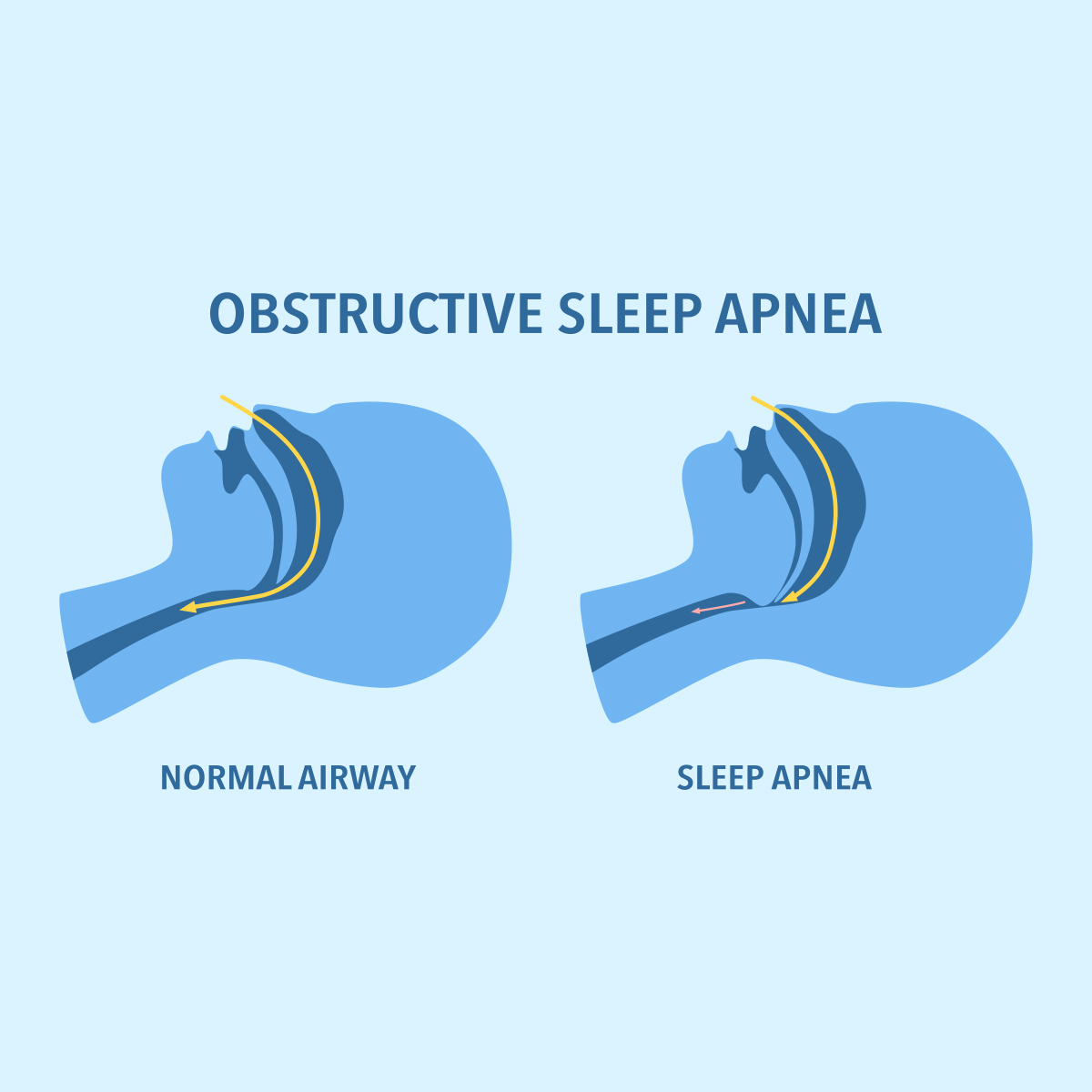-
Property & Casualty
Property & Casualty Overview

Property & Casualty
We offer a full range of reinsurance products and the expertise of our talented reinsurance team.
Expertise
Publication
Structured Settlements – What They Are and Why They Matter
Publication
PFAS Awareness and Concern Continues to Grow. Will the Litigation it Generates Do Likewise?
Publication
“Weather” or Not to Use a Forensic Meteorologist in the Claims Process – It’s Not as Expensive as You Think
Publication
Phthalates – Why Now and Should We Be Worried?
Publication
The Hidden Costs of Convenience – The Impact of Food Delivery Apps on Auto Accidents
Publication
That’s a Robotaxi in Your Rear-View Mirror – What Does This Mean for Insurers? -
Life & Health
Life & Health Overview

Life & Health
We offer a full range of reinsurance products and the expertise of our talented reinsurance team.

Publication
Key Takeaways From Our U.S. Claims Fraud Survey
Publication
Favorite Findings – Behavioral Economics and Insurance
Publication
Individual Life Accelerated Underwriting – Highlights of 2024 U.S. Survey
Publication
Can a Low-Price Strategy be Successful in Today’s Competitive Medicare Supplement Market? U.S. Industry Events
U.S. Industry Events
Publication
The Latest in Obstructive Sleep Apnea -
Knowledge Center
Knowledge Center Overview

Knowledge Center
Our global experts share their insights on insurance industry topics.
Trending Topics -
About Us
About Us OverviewCorporate Information

Meet Gen Re
Gen Re delivers reinsurance solutions to the Life & Health and Property & Casualty insurance industries.
- Careers Careers
COVID-19: Should We Have Been Better Prepared?

June 05, 2020
Dr. Jonas Kaiser
English
Deutsch
As members of the (re)insurance community, we regard ourselves as risk professionals. Occasionally, we are faced with a large event and are disciplined in re-evaluating our knowledge based on what it has taught us. The series of earthquakes in New Zealand during 2010/2011 showed us that earthquake exposure in the Canterbury/Christchurch area was underestimated. In 2017, Hurricane Harvey taught us that losses from flooding may exceed those from wind. These learnings are essential if our knowledge is to continue to grow.
Given the relative infrequency of pandemics compared to the perils listed above, there are many things to learn from the COVID-19 crisis. As with previous major events, we must be honest and ask ourselves: Could we really not have known, or anticipated, some aspects of what has since unfolded?
Was it truly unexpected?
This pandemic has been described as “a Cat event happening in slow motion” or a “live Cat”. The endpoint remains entirely unknown. The overall impact on our mental and physical health, our jobs, daily lives, the economy, and the potential claims burden for the insurance industry, is also still uncertain. While there is more to learn as the situation develops, we can start with reminding ourselves of some basics:
- Worldwide pandemics are not unusual. An event of this scope might be between a 20- and 50-year event, which makes it quite likely we would experience one during our lifetime.
- The current pandemic is also not a worst-case event - mortality, especially for children as well as young and middle-aged adults, is relatively low compared to past pandemics.
- A pandemic is very clearly not a “black swan” event, i.e., one that hits us completely unexpectedly and for which we could not have been prepared. It is a “white swan” which, according to Nassim Nicholas Taleb‘s blunt and accurate assessment, means that there is simply no excuse for governments and companies not to have been prepared.1
We must ask ourselves as an industry whether we were adequately prepared, or if we should perhaps have known better? It’s my belief that the answer to the latter is a clear yes, and I absolutely include myself here. A restaurant owner or schoolteacher does not need to intuitively understand these risks - but we do, this is a part of our job. From what I’m seeing now, I think this is a feeling I share with many others in the industry.
What has become clear with hindsight?
I have always worked in the Non-Life side of reinsurance. To me, a pandemic was something our Life/Health colleagues would address. I was not blind to the (not insignificant) chance of a pandemic happening, and I was aware that it could lead to excess mortality and the possible collapse of our healthcare systems. I knew that there might be severe economic consequences and that schools, shops, and restaurants could be closed during an outbreak as has happened in the past.
What did come as a surprise to me is that these business and institutions were closed preventively and across the board. Moreover, there is plenty of data showing that societies reduced contact and movement days or weeks ahead of government measures. It is arguable to what extent we needed to be told to stay at home or if we would have stayed home regardless. In a similar vein, the lifting of restrictions will not suddenly mean ‘business as usual’ as our economies will not be back to normal so long as we (prudently) continue to behave differently.
All of this seems very logical in hindsight. Pandemics have always impacted public life, and quarantining and social distancing measures date back hundreds of years. Some of the descriptions of past pandemics in literature don’t feel unfamiliar today.2 These days we, quite rationally, don’t wait until a pandemic is upon us. We have greater access to worldwide information than ever before and leverage this by taking measures earlier. Reducing human contact logically leads us to change our behavior, starting with cancelling large events and eventually leading to business closures and lockdowns. This seems obvious and should not have come as a surprise - but it has.
An industry-wide oversight?
The economic consequences of a pandemic were expected but, it now appears, severely underestimated. This applies as recently as March: Germany is in a better situation regarding the level of infections and deaths than originally expected, but our current forecast of the economic effects is worse than projected at that time.3
From an insurance risk management perspective, a pandemic is usually seen as a Life/Health underwriting risk. Yet, the economic consequences of this pandemic have heavily impacted the asset side of insurers’ balance sheets. Clearly, there will be significant losses incurred within the Non-Life sector, which seems likely to be more heavily impacted than that of Life/Health.
When we model pandemics, we primarily think of them as an excess mortality shock with a possible long-term economic impact. Our reactions have reduced the pandemic’s impact on excess mortality, but the economic shock has materialized quickly and is much more severe than expected.
When we look at the Solvency II Standard Formula, used to establish required capital levels for companies operating in Europe, we find that a pandemic shock is included within the calculation of Life Catastrophe risk capital. The assumed correlation to market risk is weak, whereas the last months show a strong interdependence. Nothing related to pandemics is specified in the formula for Non-Life risk, so we might conclude it was not considered to be significant enough.
The capital cost associated with pandemic risk applied to the Life insurance industry in Germany is roughly EUR 2 billion.4 However, it is important to bear in mind that this is the cost arising from a hypothetical insured loss in the German market. The actions taken by governments and people to avoid this mortality event have also created a major, largely uninsured, economic loss. In Germany, the projected economic loss is in the region of EUR 250 billion (6.6% impact on GDP5 of ~EUR 4,000 billion). This demonstrates the challenge our industry and societies face in the future: The most extreme shock currently used in assessing Solvency II capital requirements is only a fraction of the value of the total loss likely to occur from a pandemic event.
While insurance conditions vary hugely between different markets, in many cases on the Non-Life side, preventive shutdowns may not have been factored in. For example, authorities shutting down a company location due to an employee getting sick may have been considered, but the case where no-one is sick, but the authorities still force the closure of an enterprise, was probably not given enough thought.
There was also very little demand for Non-Life insurance products explicitly offering pandemic coverage, which could be interpreted as these being considered too expensive. At the very least, there was a mismatch between the perceived significance of the risk on the part of buyers and sellers. With few exceptions, (most notably Wimbledon which has bought pandemic insurance for many years)6, buyers did not deem the risk significant enough to justify the purchase of insurance cover.
How can we best learn from this event?
Reading and talking to experts to fill in the gaps in our knowledge is important. But we need to be talking to the right people, reading the right things and continually encouraging open discourse and debate. I recently spoke with an epidemiologist who said that, to him, it was clear we would react the way we have. Perhaps I should have spoken to him, if not years back, then certainly when the threat started to materialize.
Another very simple lesson to be learned here is that anything that heavily impacts our societies and changes our daily lives will invariably affect the insurance industry in a variety of ways. This pandemic has shown us that our economies and societies are, in fact, more fragile than we like to think. As risk professionals, we must keep this in mind when we consider pandemics and other possible events which could have comparable, or more severe, consequences in the future.
I’d be very interested to discuss this topic further with anyone who wishes to do so. Please send me an email or give me a call.
Endnotes
- https://www.bloomberg.com/news/videos/2020-03-31/nassim-taleb-says-white-swan-coronavirus-pandemic-was-preventable-video
- https://www.theguardian.com/books/2020/may/01/the-end-of-coronavirus-what-plague-literature-tells-us-about-our-future
- In German language: https://www.spiegel.de/wirtschaft/corona-krise-das-wird-ein-zangenangriff-auf-deutschlands-wohlstand-a-eaf27caa-342d-4aca-bcb1-e84b15ca5a2d
- Based on figures published (in German) in: https://www.gdv.de/resource/blob/49582/83323faa82e7dd8d5185178f4e1a07e1/lebensversicherung-in-zahlen-2019-download-data.pdf and own estimates.
- https://www.dw.com/en/german-economy-to-contract-by-66-in-2020/a-53267616
- https://www.insurancejournal.com/news/international/2020/04/13/564598.htm





